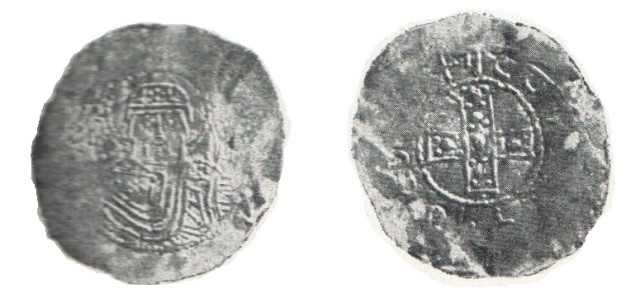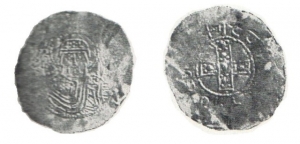Euro-Asian Transit & Georgian Finances in the Middle Ages
Today, Georgia serves as a busy commercial bridge to Asia, involved in numerous big projects funded by both European and Asian financial organizations. And this mirrors what took place in the past. For centuries, Georgia, while integrated with Europe through political, economic and cultural links, alsohad extensive ties with the economies of Asian countries.
Georgia’s integration with Euro-Asian transit and finances is well reflected in the Georgian numismatics of the Medieval period. Take, for example, the 12th c. which arguably saw the biggest financial challenge when Middle Eastern countries stopped issuing silver coins (the “silver famine”). Silver bullions kept in state coffers still made the prices, but only copper money was in circulation. The ratio of silver to copper was at least 1 to 10, i.e. the total weight of copper coins could be 10 times more, flooding the markets.
That is why everyone came to agree on a new ratio of 1 to 6, thus making their copper issues acceptable abroad. Georgians did the same. Their “irregularly” struck copper coins can be seen with Arabic legends/inscriptions. See below for some examples.
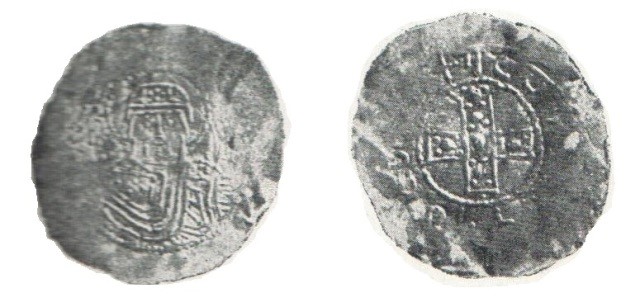
Georgian coin before “silver famine”. St. Virgin Blachernitissa type coins – David IV’s (1089-1125) second minting. Silver.
Obverse: Bust of Virgin orans, nimbate, wearing pallium and maphorium. Greek legend ΜΡ – ΘΥ, to l. and r. from nimbus.
Reverse: Cross in the center and marginal Georgian legend – “Christ, exalt David, the king and Sebastos (?)”.
http://geonumismatics.tsu.ge/en/catalogue/types/?type=47
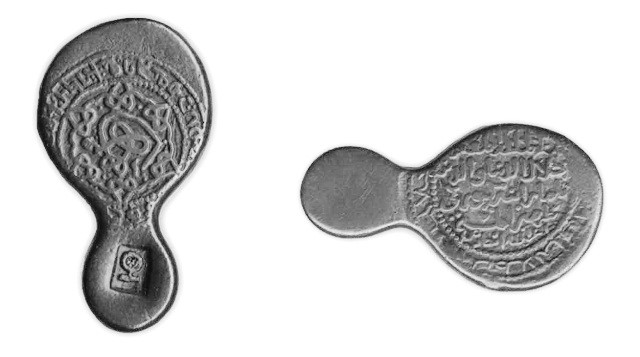
Georgian coin during “silver famine”. Coins of queen Tamar (1184-1210) with her signature. “Irregularly” struck copper.
Obverse: Signature of Tamar in the center of a wreathed frame. Marginal Georgian legend – In the name of God, this silver (!) piece was struck in the K’oronikon 407 (=1187).
Reverse: Arabic legend in five lines –The great queen, glory of the world and faith, Tamar, daughter of Giorgi, champion of the Messiah, may God increase her victories.
Circle around and marginal Arabic legend – May God increase her glory, and lengthen her shadow, and strengthen her prosperity.
http://geonumismatics.tsu.ge/en/catalogue/types/?type=68
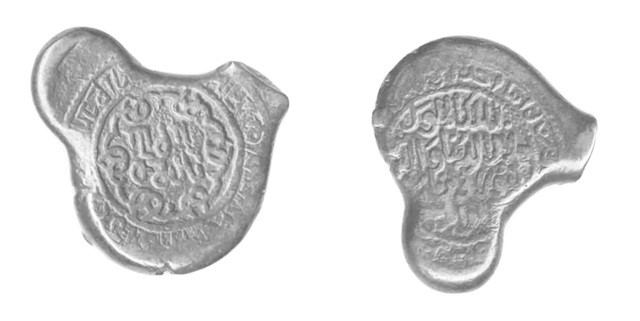
Coins of Giorgi IV (1210-1223) with the legend “Giorgi, son of Tamar”. “Irregularly” struck copper.
Obverse: Georgian legend in the center of a wreathed frame – Giorgi, son of Tamar. Marginal Georgian legend – In the name of God, this silver (!) piece was struck in the K’oronikon 430 (=1210).
Reverse: Arabic legend in four lines – King of the Kings, glory of the world and faith, Giorgi, son of Tamar, sword of the Messiah. Circle around. Persian legend outside the circle –In the name of the most saint God this silver piece was struck in the year 430.
http://geonumismatics.tsu.ge/en/catalogue/types/?type=71

Georgian coin after “silver famine”. Silver coins of queen Rusudan (1223-1245) with the effigy of Christ.
Obverse: Bust of Christ, wearing nimbus, pallium and colobium, and right hand raised in benediction, holds ornamented book of Gospels in left hand. Greek legend: ΙC ΧC. Marginal Georgian legend – in the name of God, was struck in the K’oronikon 450 (=1230).
Reverse: In the center of an ornamented frame, three Georgian letters for the name of Rusudan. Marginal Arabic legend – Queen of the Queens, glory of the world and faith, Rusudan, daughter of Tamar, champion of the Messiah.
http://geonumismatics.tsu.ge/en/catalogue/types/?type=49
By Prof. Dr. Tedo Dundua, Dr. Emil Avdaliani, Institute of Georgian History, Ivane Javakhishvili, Tbilisi State University
